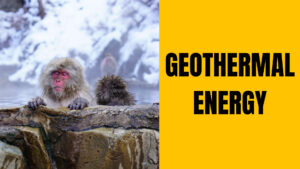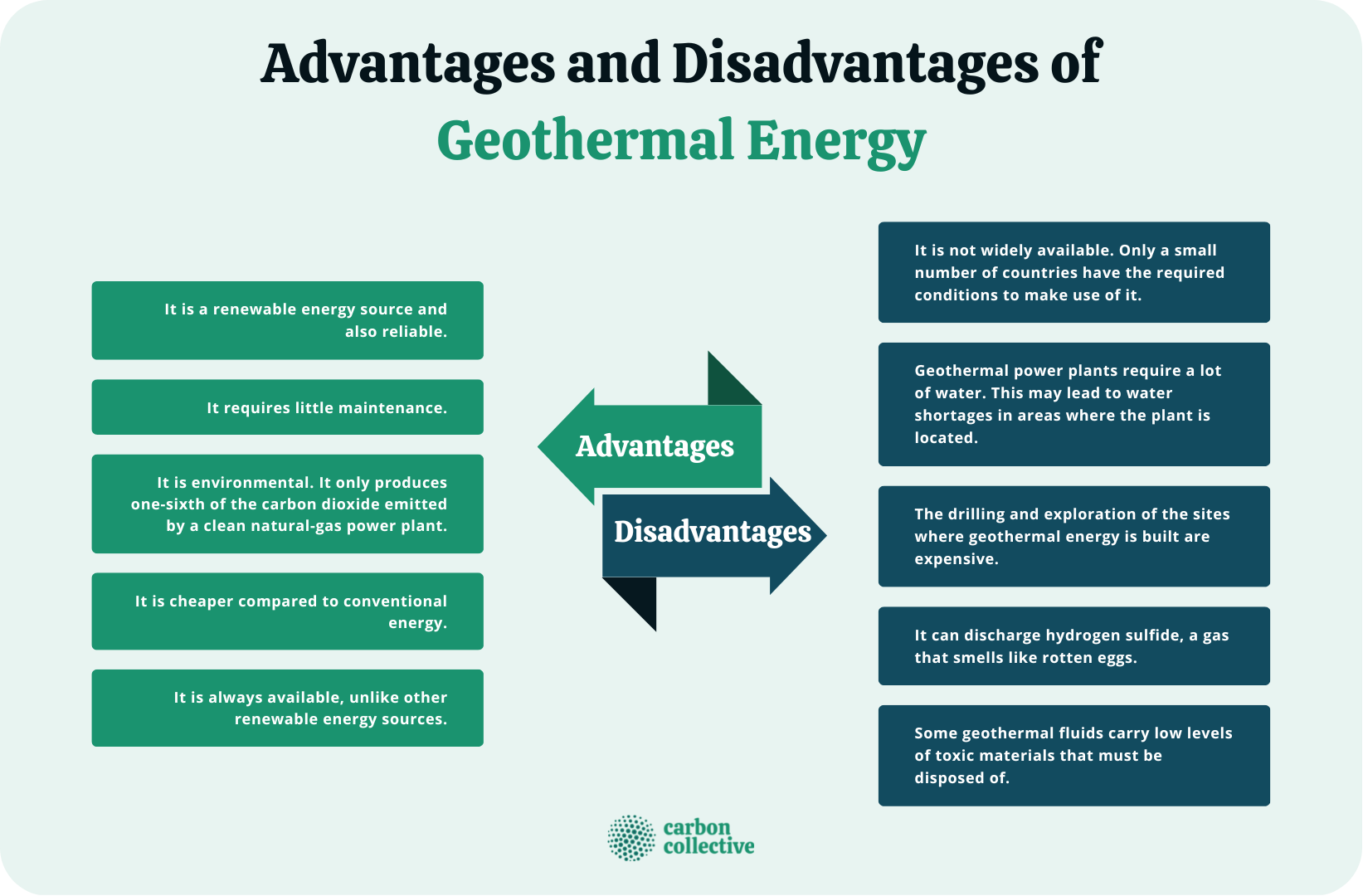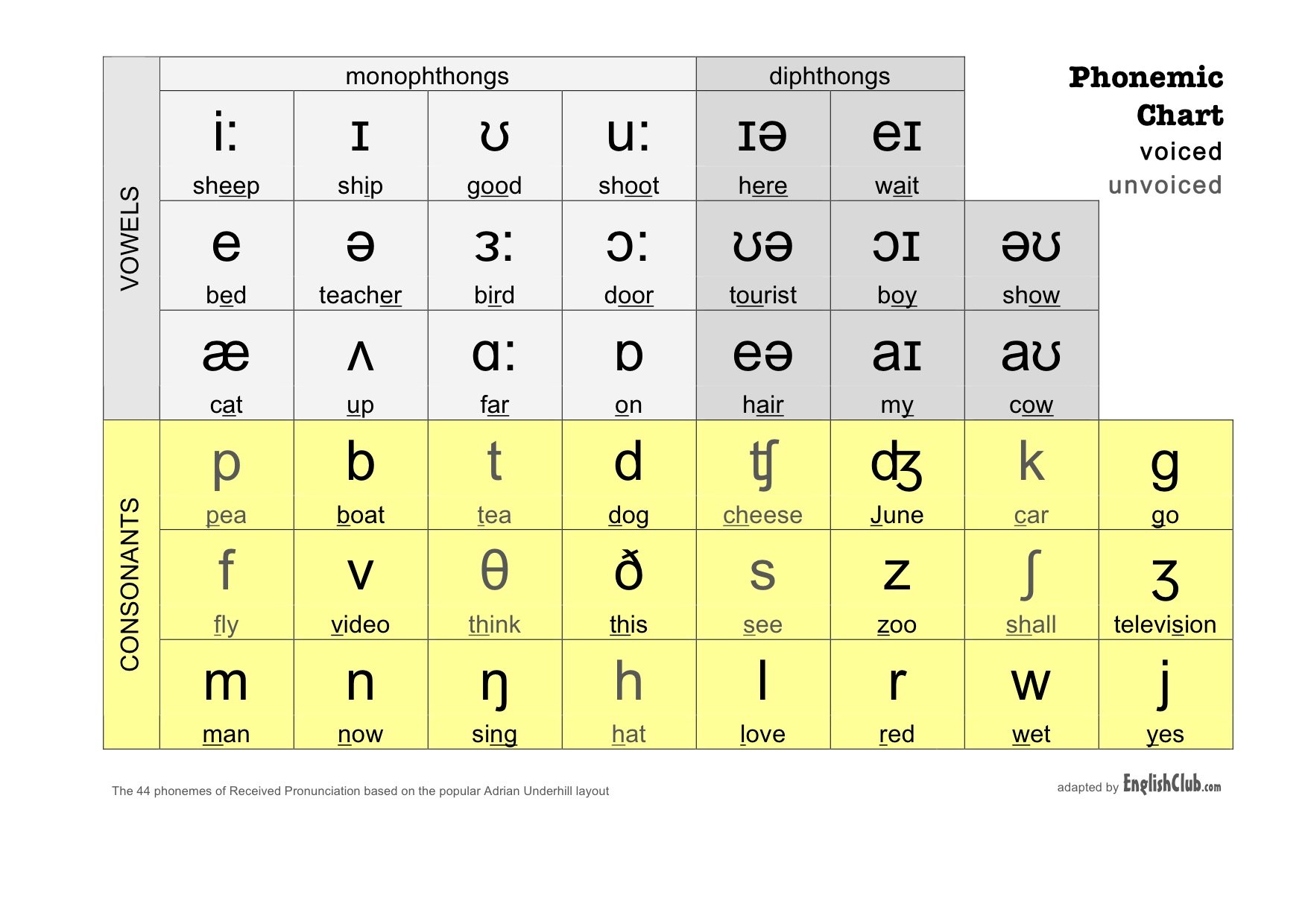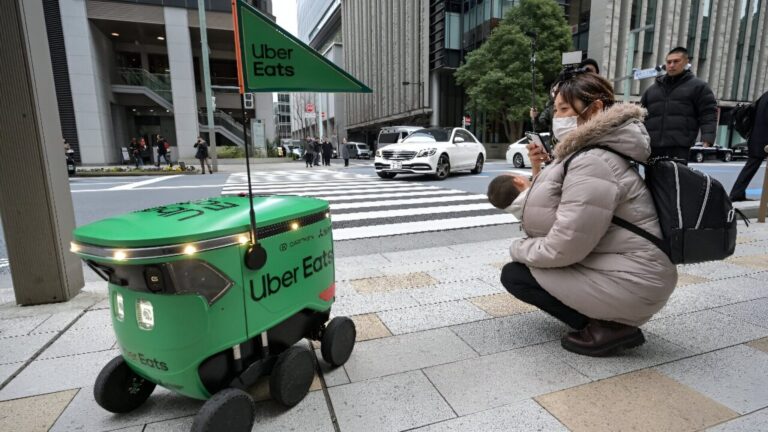
1. After making a fortune with a supermarket chain spanning more than 1,000 stores, Japanese businessman Shoji Numata is willing to risk his wealth on a green energy “gamble”. The supermarket mogul is building a geothermal plant in the southern island of Kyushu, a landscape bubbling with geothermal activity. The project, due to be completed next year, could power some 8,000 homes using hot water pressure from deep underground to make steam and spin turbines that generate electricity.
2. As nations worldwide struggle to source clean, reliable energy to combat climate change, Mr Numata firmly believes geothermal power is an obvious choice for Japan. “It’s a stable power source 24 hours a day, and it has the lowest carbon dioxide emissions among renewable energies,” he said. “I am determined to spend all the money I have for the sake of the next generation.” Japan’s geothermal reserves are the third-largest in the world, after the US and Indonesia. It could power more than 10 per cent of the country’s energy needs, according to some estimates, but currently generates 0.3 per cent.
3. A key reason is deep-rooted opposition from the country’s powerful natural spa or onsen industry, which fears geothermal power would use up invaluable hot water. Onsen, after all, is not only culturally important to Japan, but is also a major tourism drawcard. “It’s tough. There was an opposition movement here 30 some years ago, and a previous developer had to stop the project,” Mr Numata said. “But we explained each detail carefully to the people and gained their understanding. “We can coexist.”

Has this topic been in the news recently? Is this an ongoing concept/concern? What are your thoughts on this topic?
4. Without natural resources such as coal, oil or gas, Japan is the second-largest net importer of fossil fuels, much of it from Australia. It puts the nation’s energy supply in an expensive and precarious position that has only worsened since Russian sanctions reduced global supply. The current system is also unreliable, with many of Japan’s coal-fired plants past their prime and prone to malfunctions.But geothermal energy is not being treated as a major alternative. The government has implemented a modest target for 1 per cent of the nation’s electricity to come from geothermal by 2030.
5. The quaint mountain town of Kusatsu, in central Japan, is a prime example of how the battle for a geothermal future is playing out across the country. thousands of litres of naturally occurring hot water flow through the village centre every minute. Onsen is the lifeblood of the town, attracting some 3 million visitors a year. It’s so important the council is leading a charge to get onsen recognised by the United Nations’ peak cultural body, UNESCO.
6. Just over a decade ago, the town successfully blocked the development of a geothermal plant in a neighbouring town. It recently passed laws that make drilling for geothermal energy almost impossible. “If the hot springs in Kusatsu town stop running, it’ll be the end of everything for us,” mayor Nobutada Kuroiwa said. “We would be finished. “We’re not opposed to geothermal power generation blindly,” Mayor Kuroiwa said. “We have no intention to say what other onsen resorts should do, but our town has a strong allergy for geothermal power generation.”


If you had to make a choice which would you prefer cheaper and worse for the environment or expensive and better for the environment? Why? What reasons might someone choose the opposite?
7. Even if there was a desire to utilise more geothermal energy, the approval process is seen as cumbersome — often taking over a decade. About 80 per cent of geothermal access points are in national parks. “The big problem is the Ministry of the Environment, which is very strict,” said Sachio Ehara, chairman of the Geothermal Information Institute and honorary professor at Kyushu University. “These days it’s possible to develop energy and maintain the environment, but the Ministry of the Environment doesn’t understand it. It’s gradually improving, but it’s difficult to get approval.”
8. Japan is trying to meet net zero emission targets by 2050 and reduce its 2030 greenhouse gas emissions by 43 per cent from 2013 levels. To get reliable and low-emission energy back on the grid, Prime Minister Fumio Kishida wants Japan to build “next-generational” nuclear power plants. Rising power bills has softened opposition to restoring nuclear power capacity, but a recent poll in Asahi newspaper found 42 per cent of respondents were still opposed to restarting reactors.
9. Professor Ehara said geothermal power had proven to be safe, including in the event of an earthquake. “There has never been any serious problem or disaster by building a geothermal power plant,” he said. He said he understood concerns from the onsen industry, but added water monitoring was possible to ensure geothermal power did not destroy onsen water supply. “There’s this idea that geothermal is the enemy of hot springs,” he said. “If we balance them, I think onsen and geothermal can definitely coexist. They are not at odds with each other.
Phonetic Chart





